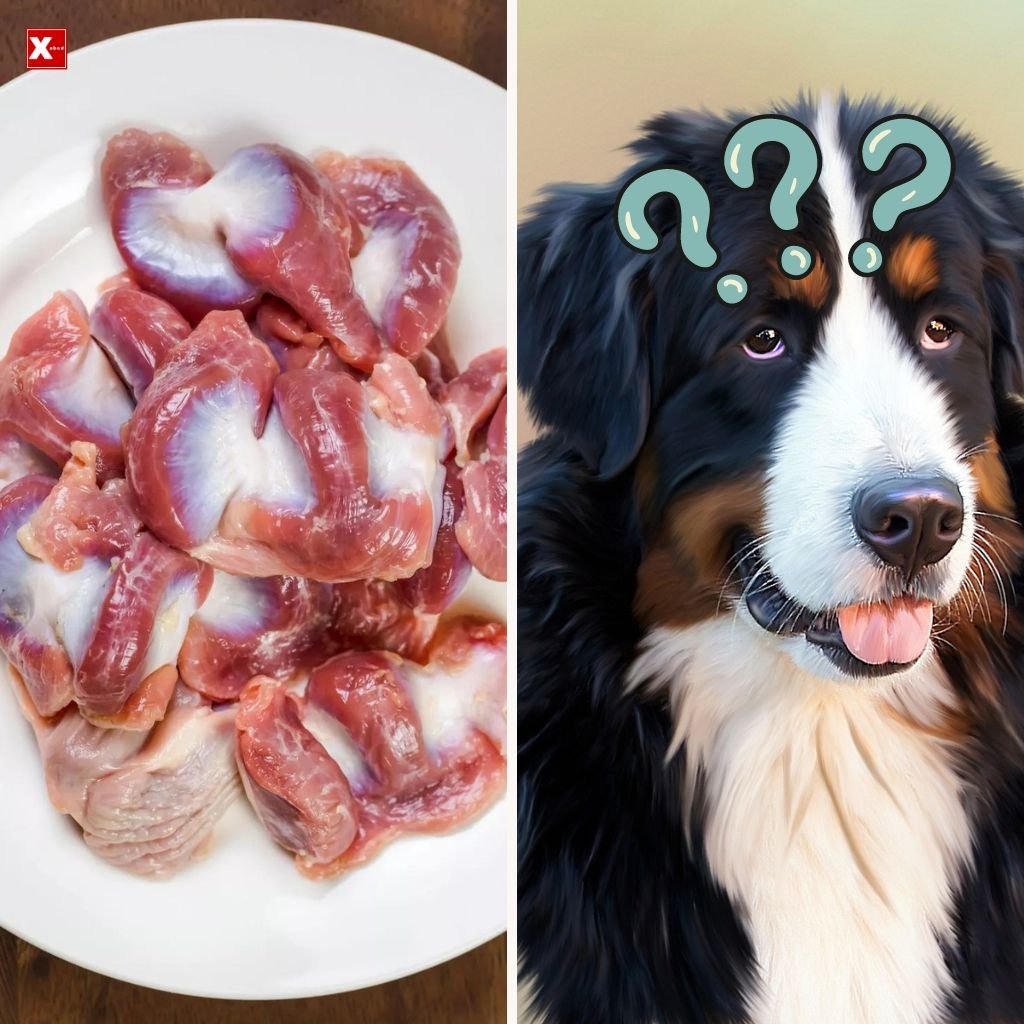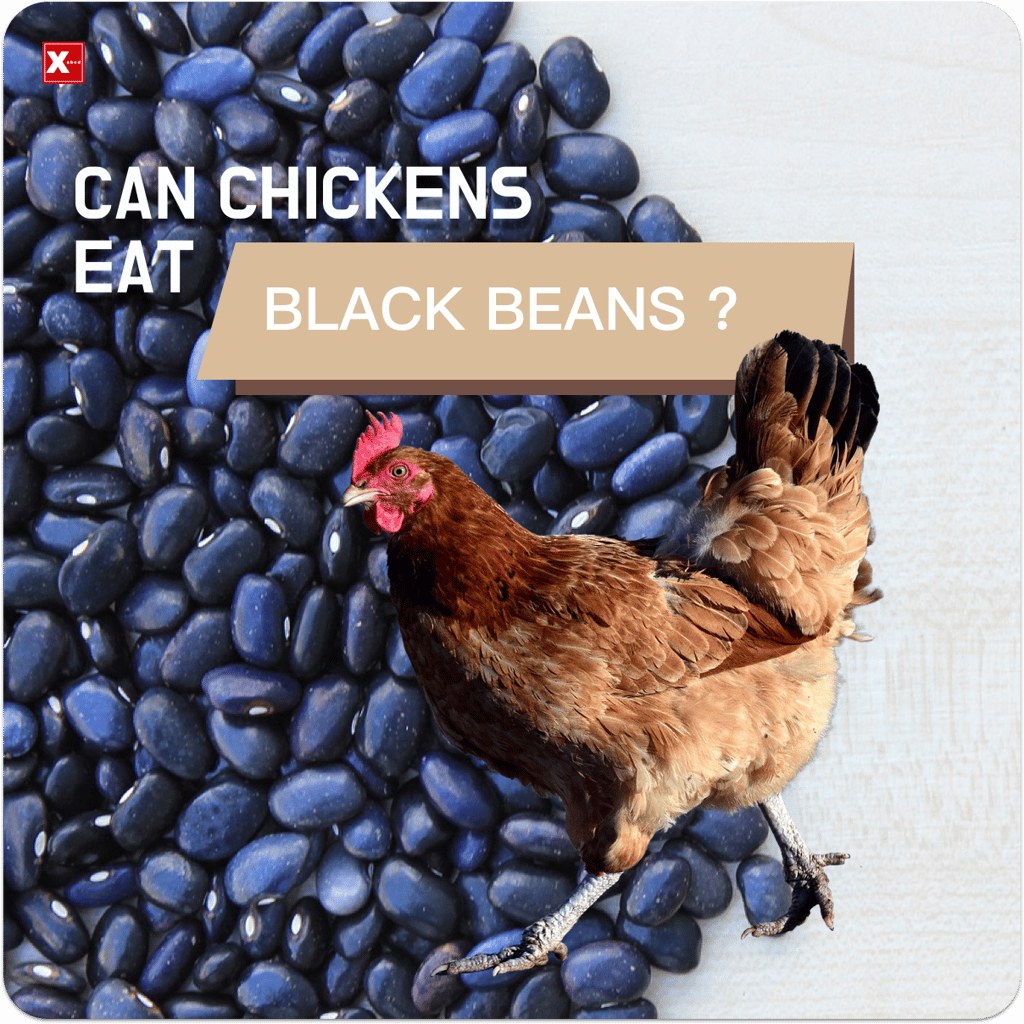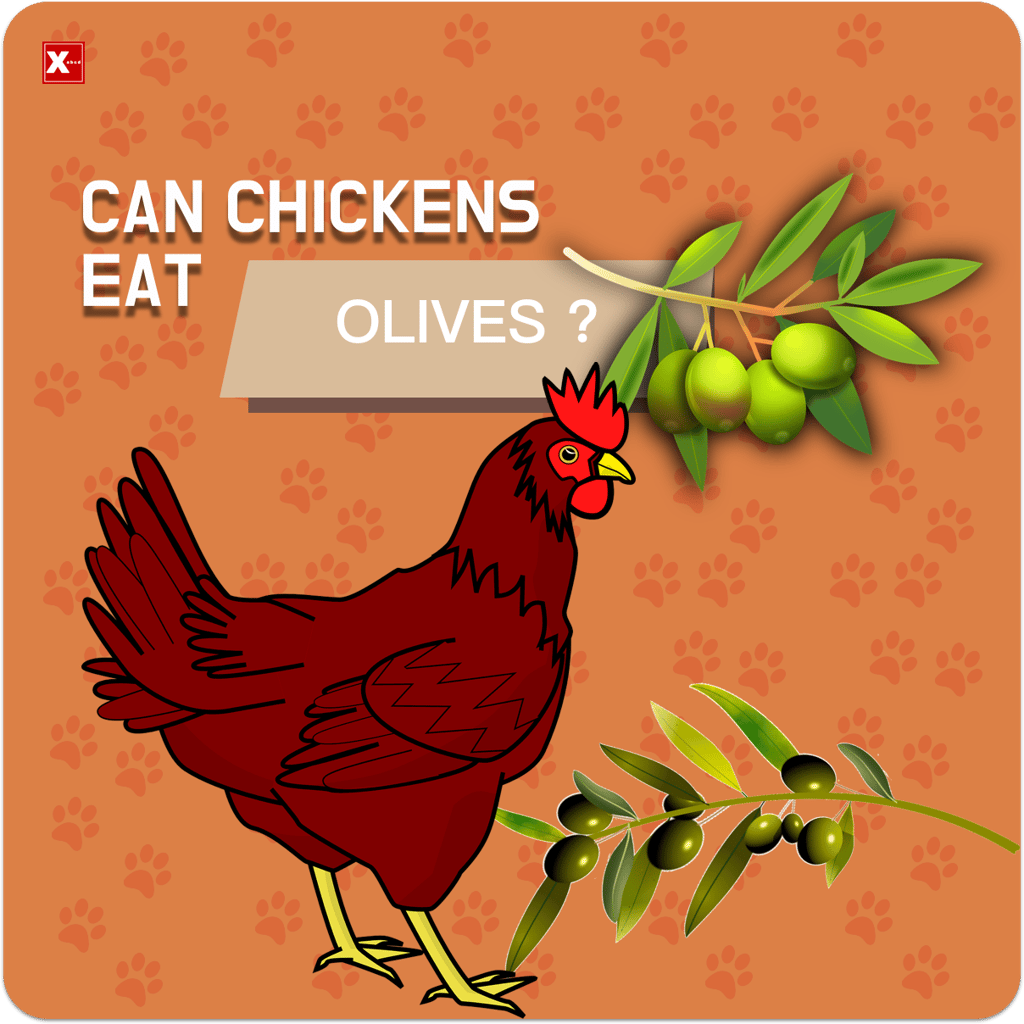Are you wondering whether it is safe for your dog to consume chicken gizzards? The answer is yes, dogs can eat chicken gizzards, but it is crucial to understand how to feed them to your furry friend properly. In this article, we will provide you with all the information you need to know about feeding chicken gizzards to your dog, including the benefits, potential risks, and the correct way to incorporate them into their diet.
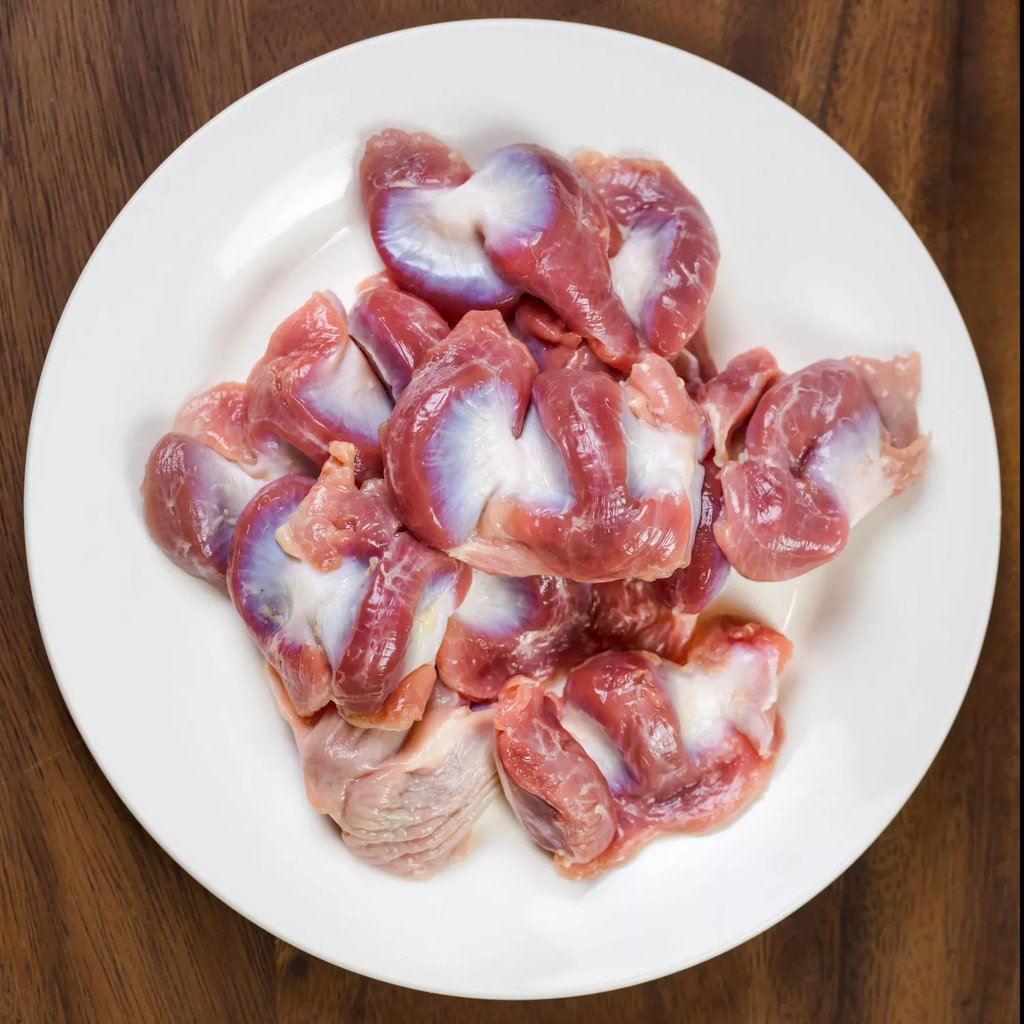
The Nutritional Benefits of Chicken Gizzards for Dogs
Chicken gizzards can offer a range of nutritional benefits for dogs. These muscular organs, found in the digestive systems of chickens, are packed with vital nutrients that can support your dog's overall health and well-being. Here are some key nutritional benefits that chicken gizzards can provide:
- Protein: Chicken gizzards are an excellent source of high-quality protein, which is essential for dogs. Protein plays a crucial role in muscle development, tissue repair, and overall growth. It also helps to strengthen the immune system and supports the production of enzymes and hormones in the body.
- Vitamins: Chicken gizzards are rich in various vitamins, including vitamin B12, which is vital for healthy brain function and the production of red blood cells. They are also a good source of vitamin A, which promotes healthy vision, boosts immunity, and supports skin and coat health.
- Minerals: Chicken gizzards contain essential minerals such as iron, zinc, and selenium. Iron is necessary for the production of hemoglobin and oxygen transportation in the body, while zinc supports immune function and aids in the metabolism of nutrients. Selenium acts as an antioxidant, helping to protect cells from damage.
- Omega-3 Fatty Acids: While chicken gizzards are not as high in omega-3 fatty acids as fish, they still provide a moderate amount of these beneficial fats. Omega-3 fatty acids have anti-inflammatory properties and can contribute to healthy skin and coat, joint health, and brain function in dogs.
It is important to note that while chicken gizzards offer many nutritional benefits, they should not be the sole source of nutrition for your dog. They should be incorporated as part of a balanced diet, along with other appropriate dog food options.
If you choose to feed your dog chicken gizzards, it is crucial to prepare them properly. It is recommended to cook the gizzards thoroughly, either by boiling or baking, to ensure they are safe and digestible for your canine companion. Avoid using seasonings or additives that may be harmful to dogs, such as onions or garlic.
Remember, every dog is unique, and what works well for one may not for another. If you have any concerns or questions regarding feeding chicken gizzards to your dog, it is always best to consult with your veterinarian for personalized advice and guidance.

Potential Risks and Precautions
While chicken gizzards can offer numerous health benefits to dogs, it is essential to be aware of the potential risks and take necessary precautions when feeding them to your furry friend.
- Choking Hazard: One of the primary concerns when feeding chicken gizzards to dogs is the risk of choking. These organs can be quite firm and chewy, making them challenging for some dogs to swallow. To minimize this risk, it is crucial to cut the gizzards into smaller, bite-sized pieces before serving them to your dog. This will make it easier for them to chew and swallow safely.
- Digestive Issues: Another potential risk of feeding chicken gizzards to dogs is digestive upset. The high protein content in gizzards can be difficult for some dogs to digest, especially if they have a sensitive stomach or a history of gastrointestinal issues. To prevent any digestive problems, it is recommended to introduce gizzards gradually into their diet and monitor their response. If you notice any signs of discomfort, such as diarrhea or vomiting, discontinue feeding gizzards and consult your veterinarian.
- Bacterial Contamination: Raw or undercooked chicken gizzards can contain harmful bacteria, such as salmonella or campylobacter, that can pose a risk to both dogs and humans. To ensure safety, always cook the gizzards thoroughly before feeding them to your dog. Cooking will kill any potential bacteria and make the gizzards safer for consumption.
It is important to note that every dog may have different dietary needs and sensitivities. Therefore, it is always advisable to consult with your veterinarian before introducing any new food into your dog's diet, including chicken gizzards.
In summary, while chicken gizzards can provide your dog with essential nutrients and protein, it is vital to take precautions to ensure their safety and well-being. By cutting the gizzards into smaller pieces, introducing them gradually, and cooking them thoroughly, you can minimize potential risks and enjoy the benefits of incorporating chicken gizzards into your dog's diet.
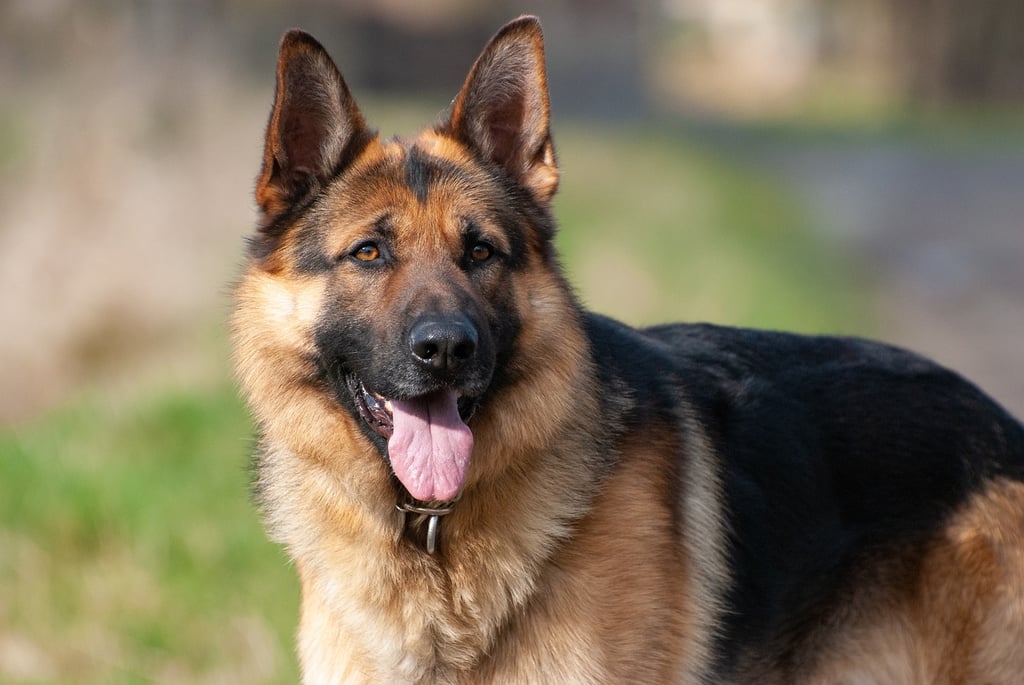
Feeding Chicken Gizzards as a Treat
Feeding chicken gizzards as a treat to your furry friend can be a fantastic way to provide them with a nutritious snack. However, it is important to remember that moderation is key. While chicken gizzards offer several health benefits, overfeeding can lead to an unbalanced diet for your dog.
When using chicken gizzards as a treat, it is essential to choose high-quality gizzards that are fresh and free from any seasonings or additives. You can either buy raw chicken gizzards from a trusted butcher or cook them yourself at home.
To prepare chicken gizzards as a treat, start by boiling them in water until they are fully cooked. Boiling helps to ensure that the gizzards are safe for your dog to consume and makes them easier to digest. Once cooked, let the gizzards cool down before offering them to your dog.
- Make sure to cut the gizzards into small, bite-sized pieces appropriate for your dog's size. This will help prevent any choking hazards and make it easier for your dog to enjoy the treat.
- Introduce the gizzards slowly into your dog's diet, especially if they have never had them before. Offer a small piece and assess how your dog reacts. If there are no adverse reactions, you can gradually increase the quantity over time.
- When giving your dog chicken gizzards as a treat, it is important to consider their overall daily caloric intake. Adjust their regular meal portions accordingly to maintain a healthy weight and prevent overfeeding.
- Always supervise your dog while they are enjoying their chicken gizzard treat. This will not only ensure they are eating safely but also allow you to observe any potential allergies or digestive issues.
Remember, treats should only constitute a small portion of your dog's overall diet. It is crucial to provide them with a well-balanced and complete meal to meet their nutritional requirements. If you have any concerns or questions about incorporating chicken gizzards into your dog's diet, consult with your veterinarian for expert advice.
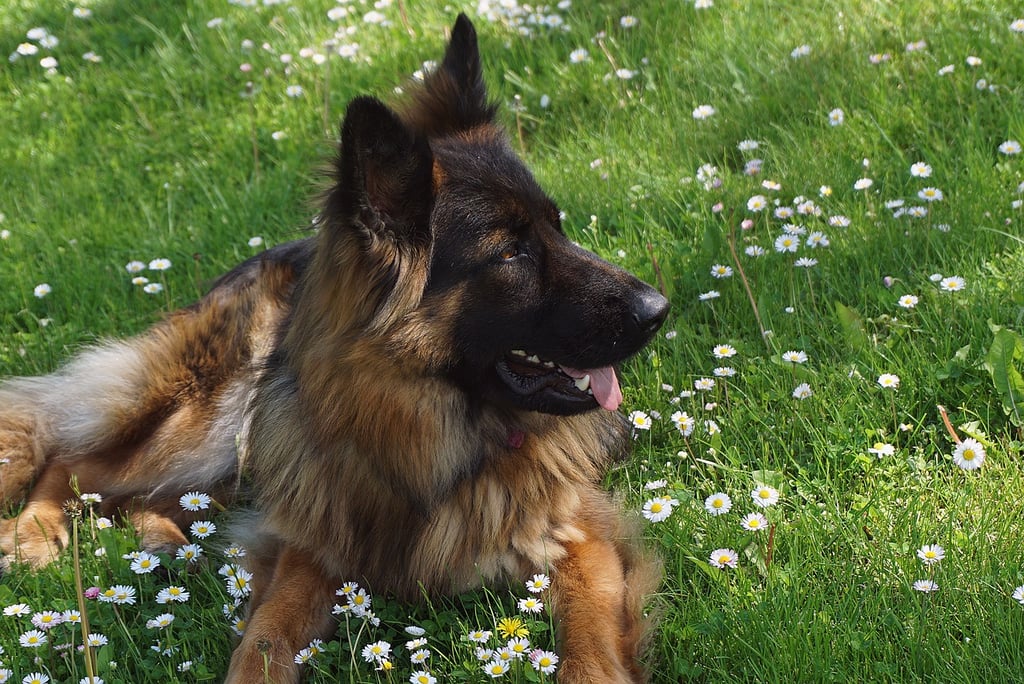
Incorporating Chicken Gizzards into Your Dog's Regular Diet
Once you have determined that your dog can safely consume chicken gizzards and have consulted with your veterinarian, you can start incorporating them into their regular diet. Here are some tips on how to do it:
- 1. Start Slowly: It is important to introduce chicken gizzards gradually, especially if your dog has never had them before. Start by offering a small piece as a treat and observe your dog's reaction and digestion. If everything goes well, you can gradually increase the amount over time.
- 2. Balance the Diet: While chicken gizzards can be a nutritious addition, it is essential to maintain a balanced diet for your furry friend. They should still be getting other sources of protein, carbohydrates, and vitamins. Consult with your veterinarian to ensure your dog's nutritional needs are being met.
- 3. Cook Thoroughly: Chicken gizzards should always be cooked thoroughly before feeding them to your dog. Raw or undercooked gizzards may contain bacteria that can be harmful to both you and your pet. Boiling or baking the gizzards until they are tender and fully cooked is the best approach.
- 4. Cut into Bite-sized Pieces: It is important to cut the chicken gizzards into small, bite-sized pieces that are easy for your dog to chew and swallow. This will help prevent choking hazards and ensure proper digestion.
- 5. Monitor Your Dog's Response: After incorporating chicken gizzards into your dog's diet, closely monitor their response. Keep an eye out for any signs of digestive issues or allergic reactions. If you notice any abnormal behavior or symptoms, consult with your veterinarian immediately.
- 6. Vary the Diet: While chicken gizzards can be a healthy addition, it is essential to provide your dog with a diverse diet. Consider rotating different protein sources and incorporating other fruits and vegetables to ensure a well-rounded nutritional intake.
By following these guidelines, you can successfully incorporate chicken gizzards into your dog's regular diet while promoting their overall health and well-being. Remember, every dog is different, so it is crucial to pay attention to their individual needs and consult with your veterinarian for personalized advice.

Cooking Chicken Gizzards for Your Dog
When it comes to cooking chicken gizzards for your dog, there are a few important things to keep in mind. While dogs can consume raw chicken gizzards without any issues, cooking them can help make them more palatable and easier to digest for your furry friend. Moreover, cooking the gizzards ensures that any potential bacteria or contaminants are eliminated, minimizing the risk of foodborne illnesses.
Here is a step-by-step guide on how to cook chicken gizzards for your dog:
- Step 1: Start by purchasing fresh chicken gizzards from a reliable source. It is important to ensure that the gizzards are fresh and free from any signs of spoilage.
- Step 2: Rinse the gizzards thoroughly under cold water to remove any debris or impurities.
- Step 3: Place the gizzards in a pot and cover them with water. It is recommended to use a ratio of 1 cup of gizzards to 2 cups of water.
Next, you have a couple of options for cooking the chicken gizzards:
- Option 1: Boiling: Bring the water to a boil and then reduce the heat to low. Let the gizzards simmer for approximately 30-40 minutes or until they are cooked through and tender.
- Option 2: Slow-cooking: If you prefer a more hands-off approach, you can cook the gizzards in a slow cooker. Simply place the rinsed gizzards in the slow cooker, add water or low-sodium broth to cover them, and cook on low heat for 6-8 hours or until they are fully cooked and tender.
Once the gizzards are fully cooked, allow them to cool before serving them to your dog. You can choose to serve the gizzards as they are or chop them into smaller, bite-sized pieces depending on your dog's preference and size. It's important to remember that moderation is key when it comes to feeding your dog any type of food, including chicken gizzards. Introduce the cooked gizzards gradually into your dog's diet to avoid any digestive upset.
Incorporating cooked chicken gizzards into your dog's meals can provide them with a protein-packed treat. However, it is crucial to ensure that the gizzards are cooked thoroughly and served in appropriate portion sizes. Always consult with your veterinarian before making any changes to your dog's diet or introducing new foods.

Other Alternative Protein Sources for Dogs
When it comes to providing a balanced and nutritious diet for our canine companions, it's important to consider alternative protein sources apart from the usual chicken gizzards. While chicken gizzards can indeed be a healthy addition to a dog's diet, it's always beneficial to offer a variety of protein-rich foods to ensure they receive a wide range of essential nutrients.
1. Fish: Fish is an excellent alternative protein source for dogs. It is rich in omega-3 fatty acids, which are great for maintaining a healthy coat and supporting brain function. Options like salmon, sardines, and mackerel can be given to dogs either cooked or canned, but be cautious of any added seasoning or bones.
2. Lean meats: Lean meats such as turkey, lean beef, and pork can be included in your dog's diet. These meats offer high-quality protein and can provide essential amino acids that contribute to muscle growth and repair. Remember to remove any excess fat and cook the meat thoroughly to eliminate the risk of bacterial contamination.
3. Eggs: Eggs are a fantastic source of protein for dogs and can be easily incorporated into their meals. They are packed with amino acids, vitamins, and minerals. Dogs can safely consume cooked eggs without any seasoning or additives. This protein-rich food can be served in various ways, such as scrambled, hard-boiled, or mixed with your dog's regular food.
4. Dairy products: Some dairy products can be given to dogs in moderation. Plain yogurt and cottage cheese can be excellent sources of protein and calcium. However, it's important to ensure that your dog isn't lactose intolerant and doesn't have any dairy allergies. Start with small amounts and monitor your dog's reaction before including these products regularly in their diet.
5. Legumes: Legumes like lentils, chickpeas, and beans are plant-based protein alternatives that can be included in your dog's diet. These legumes are not only rich in protein but also provide beneficial dietary fiber. It's advisable to cook them thoroughly, as raw legumes can be difficult for dogs to digest.
- Remember to introduce any new protein sources gradually, observing your dog's response and any potential allergic reactions.
- Consulting with your veterinarian is always recommended to ensure you choose the best alternative protein sources suitable for your dog's specific dietary needs.
- It's essential to maintain a balanced diet by incorporating different protein sources to prevent nutritional deficiencies.
By considering these alternative protein sources along with chicken gizzards, you can provide your four-legged friend with a diverse and nutritious diet that supports their overall health and well-being. Remember to offer these foods in appropriate portions and to make any necessary adjustments based on your dog's individual dietary requirements.

In conclusion, chicken gizzards can be a nutritious addition to your dog's diet when fed in moderation and prepared properly. They are a great source of protein and essential vitamins, but it is important to be aware of the potential risks, such as choking hazards and digestive issues. It is always recommended to consult your veterinarian before introducing any new food into your dog's diet. Remember to gradually introduce chicken gizzards into their meals and monitor their response. By following these guidelines, you can safely provide your dog with the benefits of chicken gizzards while ensuring their overall health and well-being.
Faqs
-
Can I feed my dog chicken gizzards as a regular part of their diet?
Yes, you can incorporate chicken gizzards into your dog's regular diet. However, it is important to do so in moderation and consult with your veterinarian to ensure it aligns with their specific dietary needs.
-
Are there any other alternative protein sources I can include in my dog's diet?
Absolutely! There are several alternative protein sources you can consider for your dog, such as beef liver, turkey hearts, or lamb kidneys. Just like with chicken gizzards, it's important to introduce these new protein sources gradually and monitor your dog's response.
-
What are the potential risks associated with feeding chicken gizzards to dogs?
While chicken gizzards are generally safe for dogs to consume, there are potential risks to be aware of. These include the possibility of choking if the gizzards are not properly prepared or if your dog gulps them down without chewing. Additionally, some dogs may experience digestive issues if they consume too many gizzards or if their system is sensitive to this particular food. Always supervise your dog while they eat and consult with your vet if you have any concerns.

